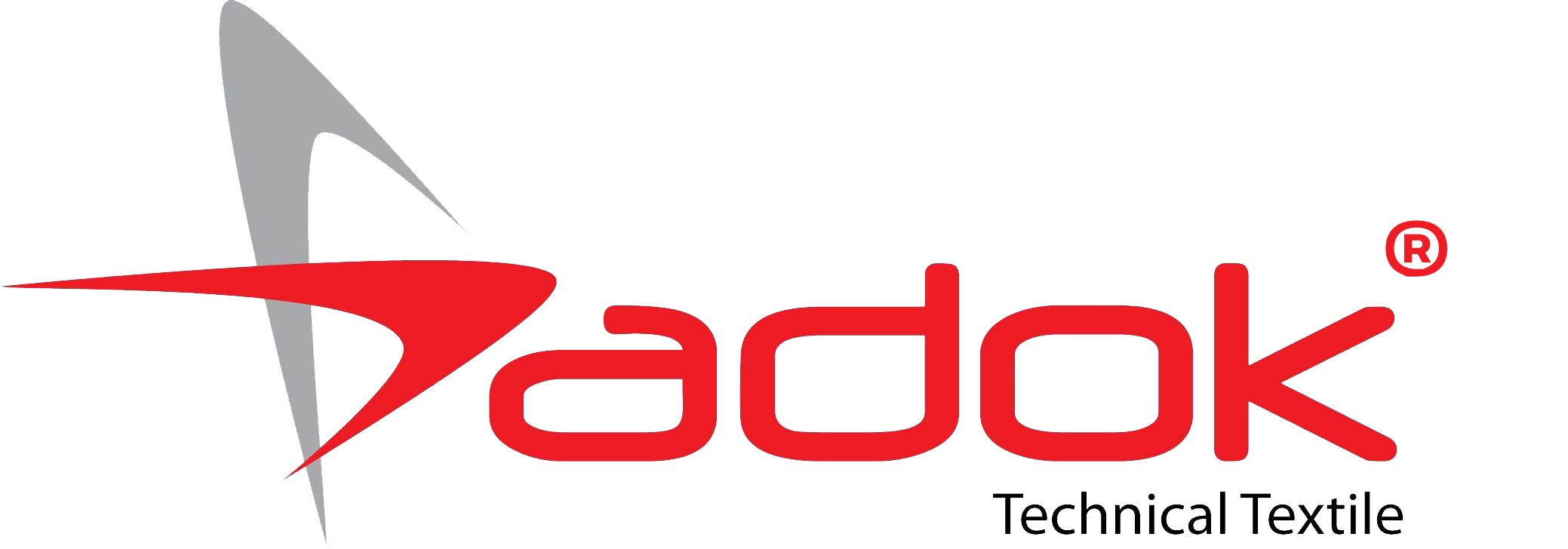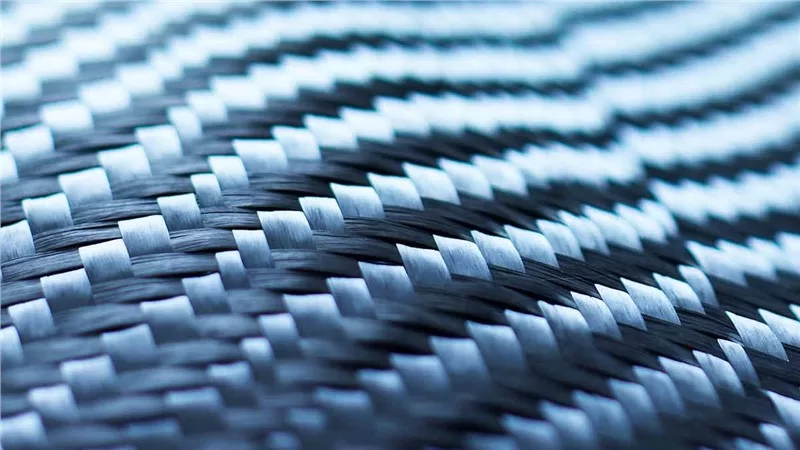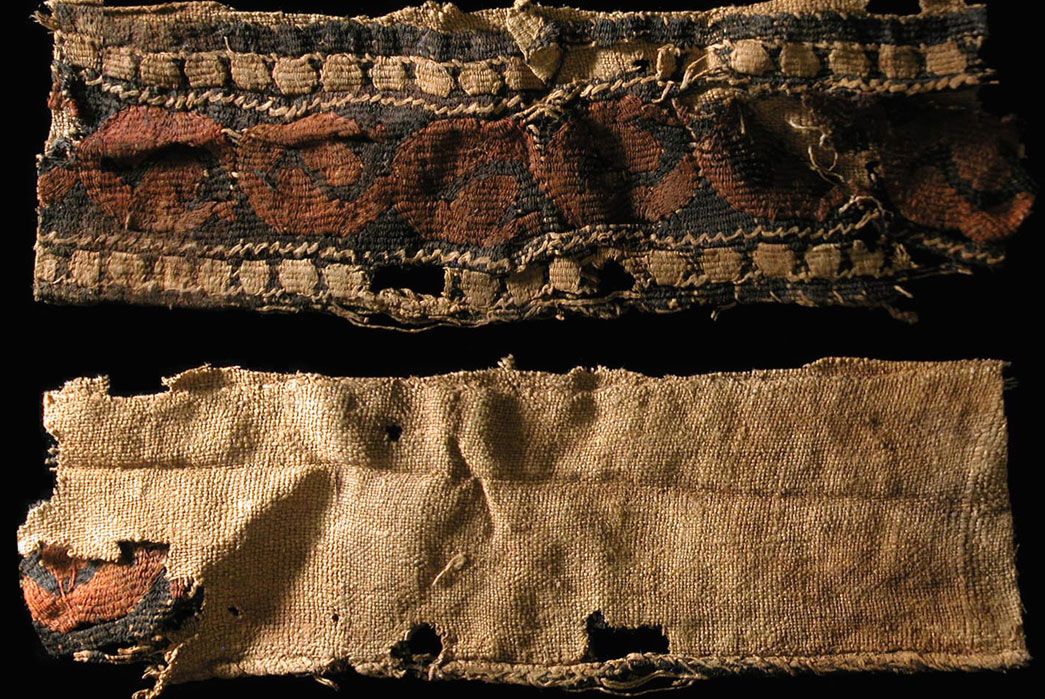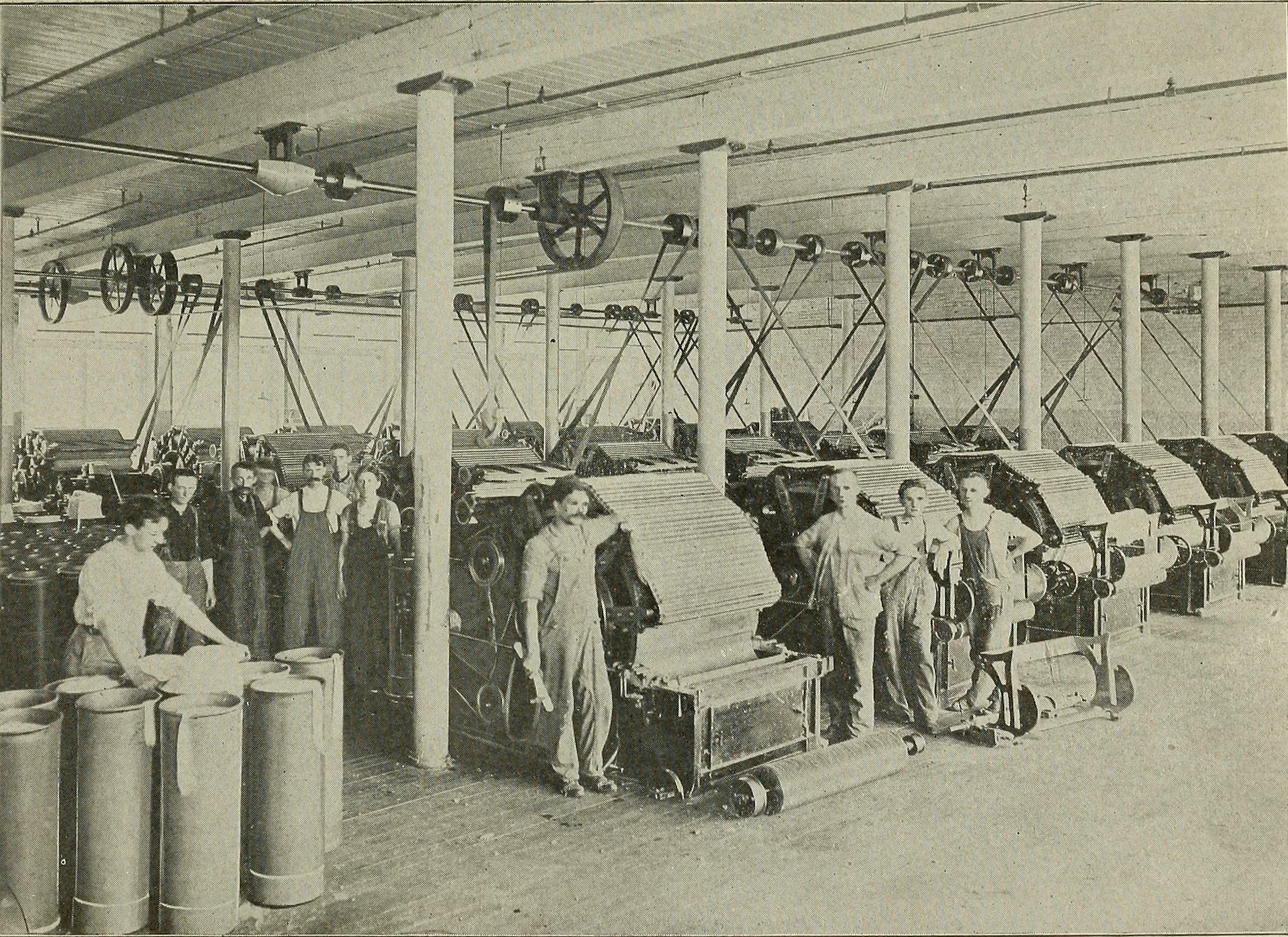Auto Upholstery Fabric
Auto Upholstery FabricAuto Upholstery Fabric
Fabric weaving is the process of creating a fabric by interlacing two sets of threads
Auto Upholstery Vinyl
Auto Upholstery VinylAuto Upholstery Vinyl
Artificial leather, also known as faux leather or synthetic leather,
Car Seats Covers
Car Seats CoversCar Seats Covers
Car seat covers are protective coverings designed to be placed over the seats of a vehicle to protect them from wear and tear,
Knitted Fabrics
Knitted FabricsKnitted Fabrics
Knitted Fabric

Cloth weaving
Cloth weaving is the process of interlacing two sets of threads, known as the warp and weft, to create a piece of fabric. This technique has been used for thousands of years and is still widely used today in the production of textiles for clothing, home furnishings, and other applications.
The process of cloth weaving begins with the preparation of the warp threads. These threads are stretched tightly on a loom, which is a frame designed to hold the threads in place while they are woven. The weft threads are then woven through the warp threads in a pattern that creates the desired design and texture.
Weaving can be done by hand or by machine, with machine weaving being more common in modern textile production. However, hand weaving is still practiced by artisans and in some cultures, particularly in the production of traditional textiles.
One of the benefits of cloth weaving is that it allows for the creation of a wide range of fabrics with different textures, patterns, and colors. The choice of fibers used in the warp and weft threads can also affect the properties of the resulting fabric, such as its strength, durability, and comfort.
In addition to producing fabrics for clothing and home furnishings, cloth weaving is also used in the production of industrial textiles, such as conveyor belts, filter cloths, and insulation materials. These fabrics are designed to be strong, durable, and resistant to wear and tear.
Despite the widespread use of machine weaving, the art of hand weaving is still appreciated and practiced by many textile artisans around the world. Hand-woven textiles are often considered to be of higher quality and value, as they require a great deal of skill and patience to produce.
Overall, cloth weaving is a versatile and important textile production technique that has been used for thousands of years. Its ability to create a wide range of fabrics with different properties and textures has made it a crucial part of the textile industry, both in the past and in the present day. Fabric Selling Companies
Fabric Weaving is a process of interlacing two sets of yarns or threads, known as warp and weft, to produce a woven fabric. It is one of the oldest textile production techniques, dating back to the Neolithic era. Today, fabric weaving is done using advanced machines that allow for faster and more precise production of high-quality fabrics.
The process of fabric weaving involves setting up a loom, which is a framework that holds the warp threads under tension. The weft threads are then passed through the warp threads using a shuttle or other mechanism, creating a new row of fabric. This process is repeated until the desired length of fabric is produced.
There are many different types of weaves that can be created using a fabric weaving process, each with its own unique characteristics and properties. Some of the most common types of weaves include plain weave, twill weave, and satin weave. The choice of weave depends on the desired properties of the fabric, such as its strength, durability, and appearance.
Turkey







